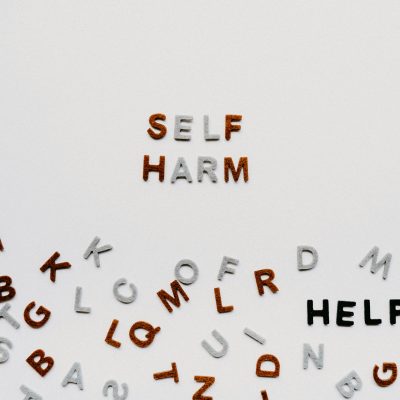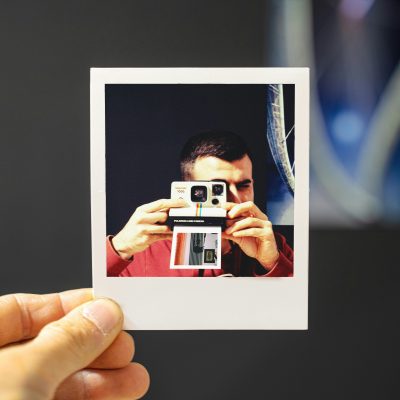“The Face of Conflict” – physiognomic correction of personality traits
In-person consultation of a psychologist – physiognomist
There are many techniques for conflict prevention, conflict avoidance, conflict reformatting and conflict destabilization. But what to do if it is already there? And what should we do if it is already destroying us from within?
It is impossible to delay with the conflict. It is better to solve the problem of conflict (presence, brewing, generation, etc.) at the first symptoms on a face-to-face (individual) consultation with a psychologist – physiognomist.
Physiognomy copes quite easily and effectively with the task of identifying, defining and “fixing” the conflict, with the correlation of the conflict model and the conflicting Personality.
Preliminary, it is possible to order writing of physiognomic portrait of Personality – that will define revealing of the reasons, presence of a conflict, features of Personality of the studied and many other things, and the recommendatory part will help to find a direction for independent overcoming of available difficulties. But physiognomic portrait is not direct physiognomic correction of a conflict.
Physiognomic correction (or intervention by method of physiognomy with the subsequent influence on process) – eliminates manifestation, often and the reason (if it is not of organic origin or the result of hard-to-heal trauma) of occurrence of conflict with prevention of its recurrence.
In turn, physiognomic correction is process of work with the client of the psychologist – physiognomist, based on face-to-face or absentee express-diagnostics of the studied person (face-to-face – is carried out instantly, absentee – physiognomic portrait), for the purpose of correction, change of a form of display or presence of concrete features, qualities, features of Personality – interfering to the person, causing him discomfort.
For a professional psychologist – physiognomist, work with a conflict, as a rule, on the average takes no more than 3 hours (2 face-to-face meetings). But if the client wishes to consolidate his new positioning, it is recommended to conduct 1 additional control session.
As a rule, the cause of conflict is most often internal discomfort, a problem “sitting” inside the “instigator” of the conflict. And internal discomfort is the traces of factors that previously traumatized a person, which, over time, took the form of personal qualities – through which these traces demonstrate themselves to the outside world (manifest themselves).
On a face of the person under study, presence of a conflict (internal or external, or both), and also sphere of display (working, personal, family, children etc.), revealed by a method of drawing up of physiognomic portrait of Personality are visible. Thus, the conflicting person (being in the process of conflict with someone at the present moment) – at once it is possible to reveal from the big group of people and to specify the sphere in which he has problems. A conflicted person (prone to generating conflicts) – in the same way.
Conflict, conflict (both internal and external) are often concomitant with:
– overwork (workaholism, forced intellectual or physical labor),
– stress (short and long, systematic, episodic),
– personal dissatisfaction (self-esteem, envy, resentment, etc.),
– accentuations, personality disorders and psychiatric problems,
Anisimova Alisa
Psychologist – physiognomist
Center for the Study of Personality














